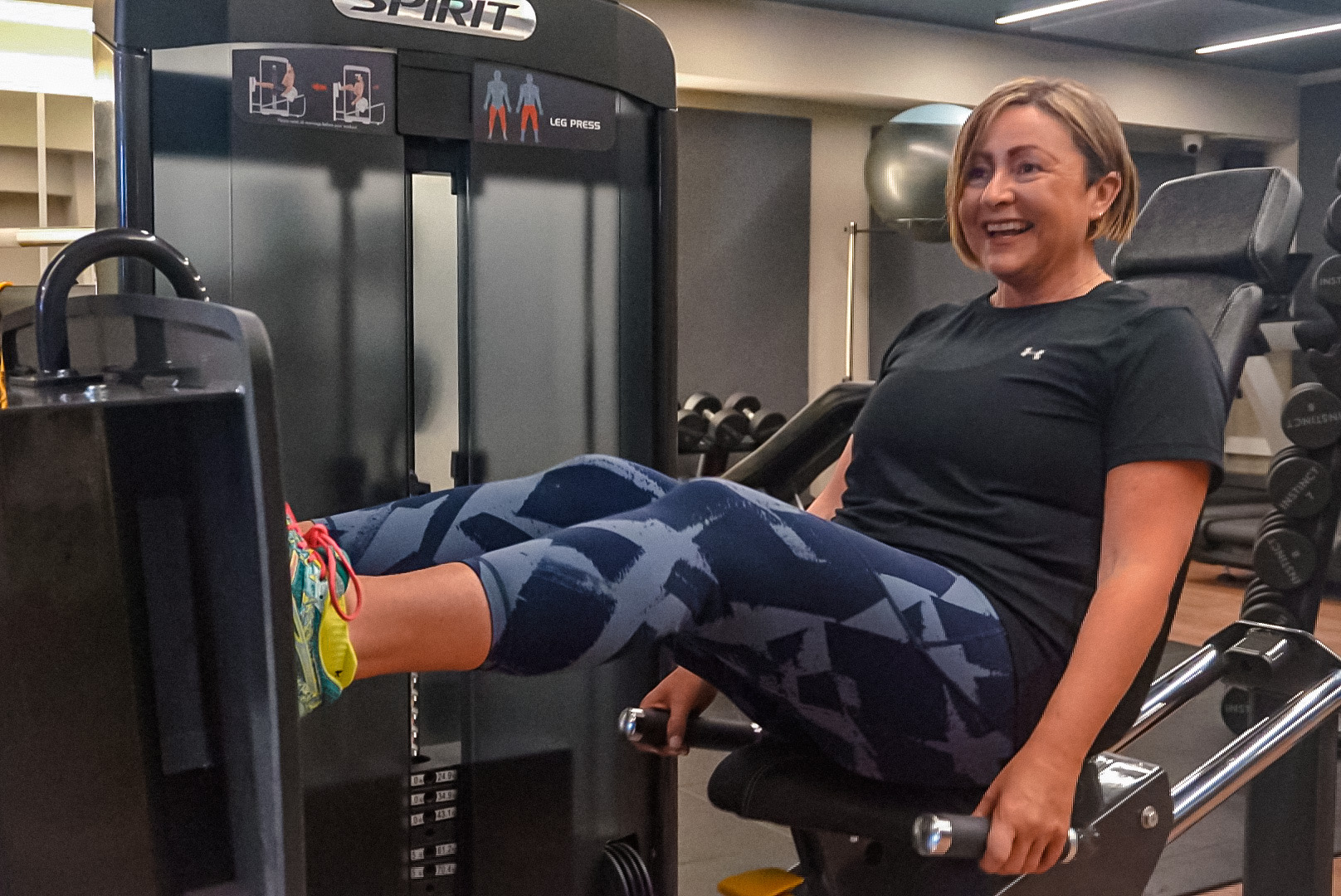

Progressive overload. It is a phrase that many of us have almost definitely heard before, but do you know what it means and how important it actually is to our training aspirations?
Progressive overload put simply, is making your training harder over time. Whether that’s achieved by increasing weight, resistance, amount of sets, reps or reducing rest periods.
Therefore, you need to constantly increase your training volume & intensity over a prolonged period of time, to ensure you don’t reach a plateau and to maximise your time spent in the gym.

Training stimulus must disrupt your homeostasis to some extent to cause adaptation of some form, i.e. Myofibrillar Hypertrophy (growth & repair process within your muscles). However, as the system adapts to greater stress levels, the stimulus required to disrupt homeostasis becomes greater. This means we need to increase the difficulty of our training to cater for such physiological adaptations (INCREASE YOUR WEIGHTS!) You know who you are.
Increased weight/resistance:
Adding more weight on each week is a perfect way to progressively overload, no matter how small. Think, adding just 1kg per week will lead to 52kg improvement over a year!
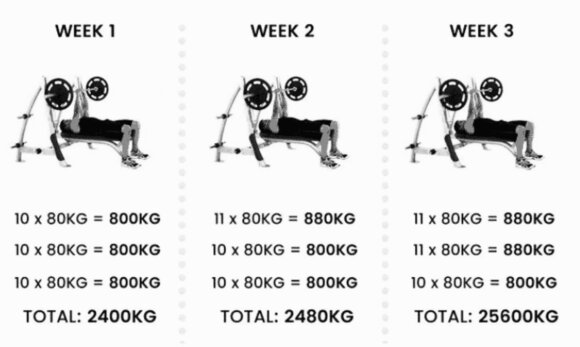
Adjusting Sets/Reps:
Going for that extra repetition or adding an additional set will overall increase your training volume & load, which ticks the box when making your training harder (just be sure to do it properly).
Periodisation:
This is a great way to not only progressively overload, but incorporate structure and routine into your training. Using training microcycles (week plan) and mesocycles (month plan) you can gradually increase your volume and intensity as well as getting your sessions pencilled in the diary!
Intensity:
Training to failure is a good thing!! Giving that extra 10% effort, or additional five minutes can make a big difference over time. Also, you may have heard us trainers use the term the dreaded term ‘AMRAP’, which stands for ‘as many reps as possible’. This links into the concept of training until failing. For example, if you are aiming to do 10 reps on a squat, when in fact you go for a ‘AMRAP’ set and manage to do 25 reps, then that tells us two things. One, you can lift a lot heavier than you think. And two, well we’ll leave number two.
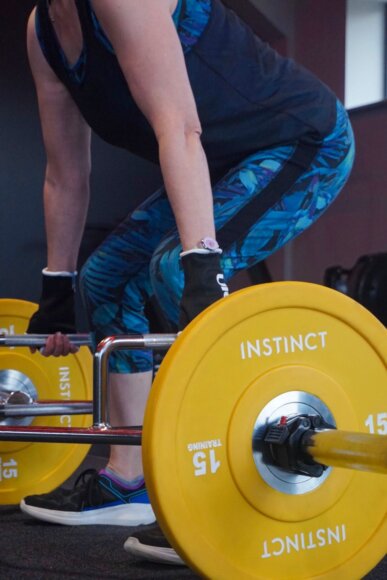
There are endless benefits when it comes to progressively overloading when it’s done properly, but don’t mistake them for common myths and stigmas of ‘getting too big’ or ‘putting on too much muscle’ which for some of us isn’t the goal. But, this way of training increases strength & hypertrophy, which is proven to help with all walks of life, such as bone and joint health, preventing osteoporosis, increasing flexibility, reducing risks of severe cardiovascular and heart diseases. And the list goes on!
Have you ever wondered why in our 1-2-1 and group personal training sessions we ask you to do 14 reps one week then further down the line we then only ask for 6-8 reps. This is us making sure we tick the box for progressive overload in changing the volume & intensity to training. However, it’s a two way street, we need you to make sure that you’re actually pushing yourself to lift heavier as those reps creep down, and not just using the same weights you did at 14 reps (some may call this sandbagging).
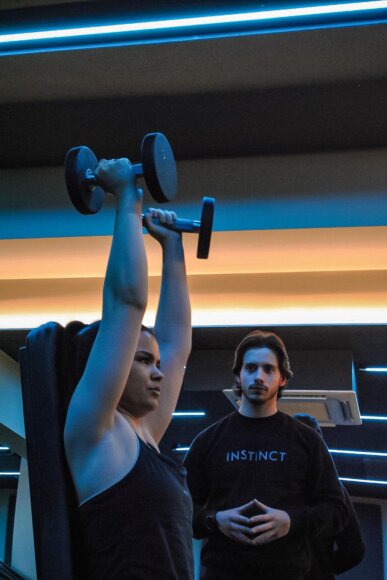
Essentially, it’s about making your time spent in the gym worthwhile, the money you’re spending to stay fit, strong, healthy and illness free all worth the time and effort. So next time you’re lifting that dumbbell, think, could I possibly go a bit heavier, because trust me, it’s all worth it. Avoid that plateau!
If you would like more help and support with your fitness journey, we have expert trainers who can help design a plan personal to you and your fitness goals, written with progressive overload in mind. Please ask reception for more details on one-to-one and semi-private personal training options or click here for more information.
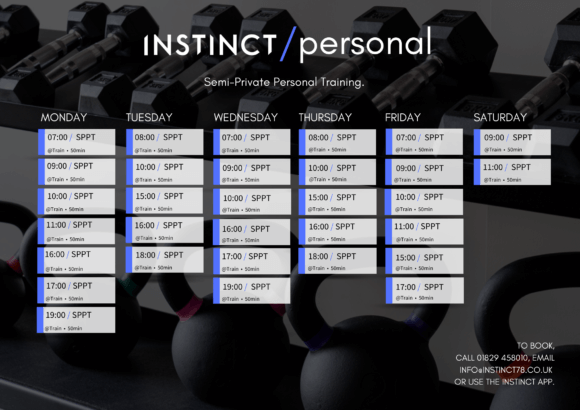
Get started with Instinct in Tarporley.
By continuing to use the site, you agree to the use of cookies. more information
The cookie settings on this website are set to "allow cookies" to give you the best browsing experience possible. If you continue to use this website without changing your cookie settings or you click "Accept" below then you are consenting to this.